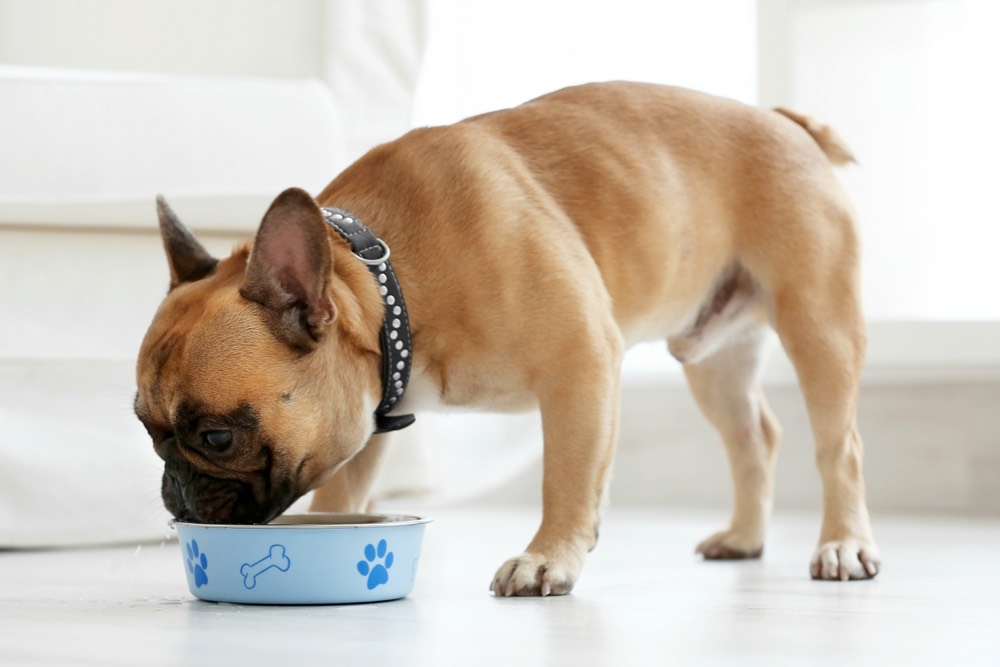
Useful Food Tips for Dogs with Diabetes
Dogs, once diagnosed as diabetic, remain diabetic for the rest of their lives. Their feeding and dietary patterns need to undergo a major change to keep their glucose levels in check. Usually, they will require insulin shots for as long as they live. Healthy dog food tips suggest that foods that are high in protein or meat-based foods, with moderate fat and carbohydrates, are good for diabetic dogs. Most diabetic dogs have Type 1 diabetes, which means that their condition is caused by an abnormal autoimmune response that destroys the pancreatic cells responsible for manufacturing insulin. This is usually not caused by a poor diet or being they are overweight.
Planning a dietary chart for diabetic dogs can be tricky since many food items affect their blood sugar levels. This includes the amount of food they have eaten, exercise, stress, hormonal fluctuation, and other factors. Consulting your vet regularly along with healthy dog food tips is essential to plan a diet chart for a diabetic dog. The American Animal Hospital Association (AAHA) guidelines state that the type of food given to a diabetic dog is less important than the consistency of the diet. As long as the food is a complete and balanced high-quality diet, the dog, who has diabetes, should remain healthy. Walking your dog is also important and if you start to notice that they are tired or sluggish, it is time to stop.
Caring for a diabetic dog is key and here are some useful and healthy dog food tips to control the sugar levels in your canine friend:
- Broccoli and other green veggies
Dogs love broccoli, cauliflower, string beans, and cucumber slices. These veggies can be given fresh, cooked or frozen. - Low-glycemic foods
Diabetic dogs are fine with low-glycemic foods such as legumes, fruits and vegetables and whole grains. Low-glycemic foods slowly release glucose. - Increased fiber or dietary roughage
Diabetic dogs do not necessarily need more fiber than healthy dogs, and most do well with a medium portion of fiber in their daily diet. - Limit the amount of starch
A diabetic dog’s diet containing high amounts of starch may need more insulin or a different kind of insulin than dogs that are fed a low-carb diet. - Avoid simple sugars
Simple sugars will raise your dog’s blood sugar level instantly. Avoid giving any treats or leftovers that contain sugar or sweeteners such as corn syrup as well as high-glycemic foods. These are tricky foods that sharply boosts blood sugar. These include food items like white rice and bread. - Low-carb diet
Carbohydrates are glucose. That’s why dietary carbohydrates can raise sugar levels significantly. Hence, limiting carbohydrates may reduce postprandial hypoglycemia (high blood sugar).
Once you have figured out the right kind of food for your diabetic canine, it is a good idea to discuss it with your vet. Experts also believe that exercise plays an important role in maintaining sugar levels in dogs. Keeping the exercise routine consistent both in terms of type and time of the day is important. Pet owners should not go overboard with strenuous exercise or hyperactivity.



